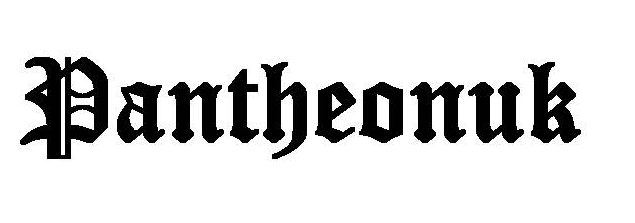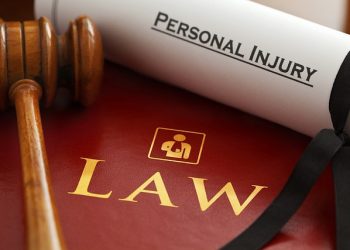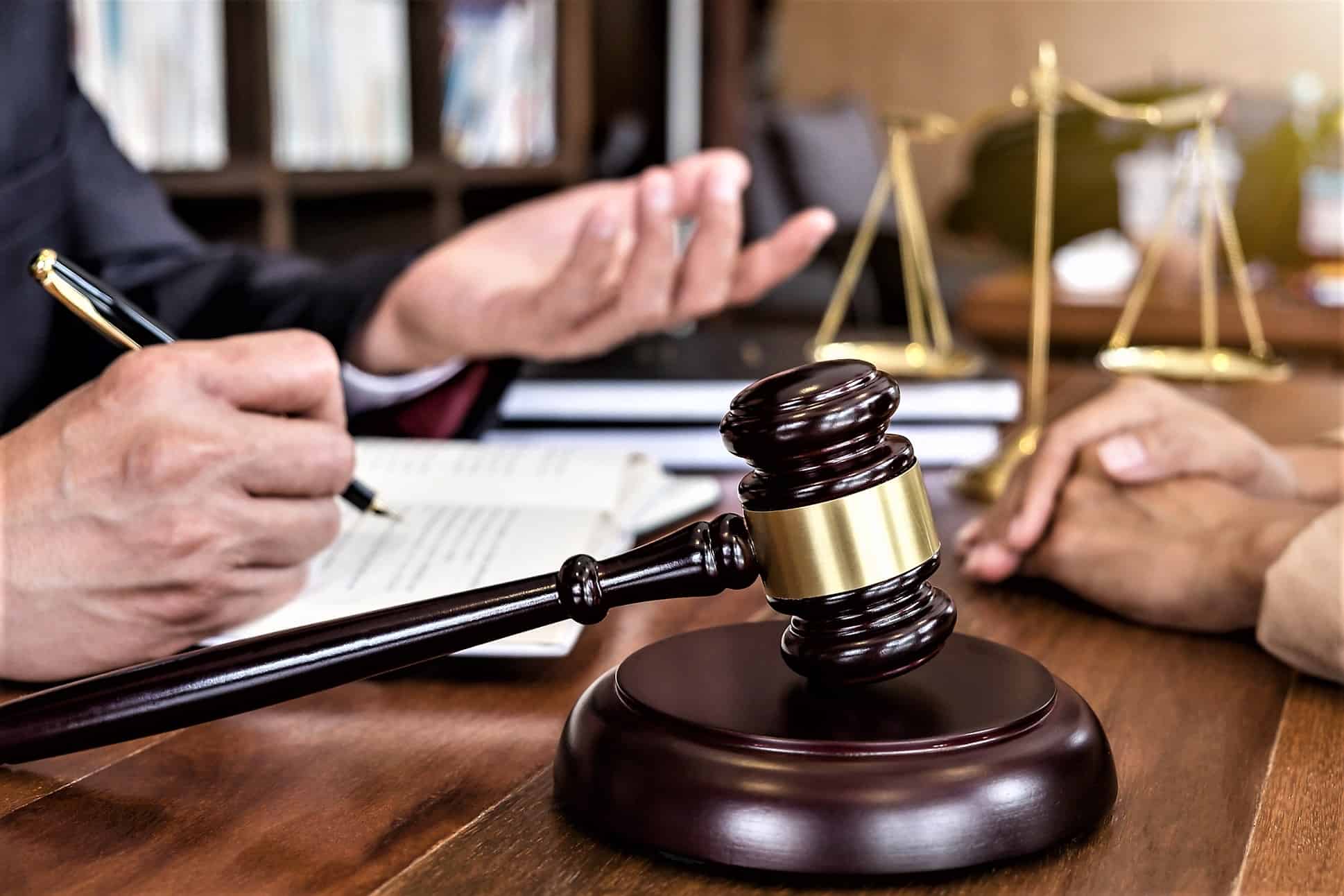The world of intellectual property is shifting faster than ever before. New inventions appear almost daily, creative works flow across digital platforms like a river that never stops, and global markets keep stretching into new territories. Inside this constantly changing environment, artificial intelligence is stepping forward as a powerful influence reshaping how intellectual property law is practised, defended, analysed, and enforced. What once felt like a slow and paper-filled process now begins to resemble a living system that observes, predicts, and adjusts with remarkable speed.
Legal professionals who explore ai for legal solutions are discovering that this technology is not just an assistant but a strategic multiplier. The same is true for innovators and companies that rely on intellectual property protections to safeguard their creations. The arrival of ai legal tools is changing everything from patent searches to trademark monitoring, from rights enforcement to risk forecasting, and even the very definition of creativity.
This transformation is not a minor update. It is a substantial evolution that touches every corner of the intellectual property field.
The Expanding Role of AI in Creative and Inventive Work
One of the greatest questions of modern intellectual property law is surprisingly poetic. When a machine can compose music, paint images, write text, or invent new formulas, what exactly does authorship mean? Who is the creator? Who owns the work? And how should the law recognise these new forms of creativity?
As more creators and businesses use ai legal tools to generate ideas and content, traditional intellectual property frameworks face increasing tension. Laws written long before the existence of advanced machine learning did not imagine a world where nonhuman systems could contribute to inventions or creative expressions.
Some of the new challenges include:
- Determining whether ai generated outputs can be protected and if so who receives the rights
Even this single challenge reveals a maze of philosophical and legal implications. Yet it also demonstrates why the field is evolving so quickly. As ai tools become part of everyday creative workflows, intellectual property law must shift from old static structures to adaptive evaluations that understand both human intention and machine contribution.
AI Assisted Patent Research and Prior Art Analysis
Previously, patent research was very time-consuming and required a lot of work to understand complicated documents, compare drawings, and search through huge databases. It often seemed like searching through an infinite library that kept rearranging itself.
The arrival of AI-driven legal systems completely changes the situation. These means are capable of going through massive sets of patents in a matter of seconds. They can compare the structures and functions, detect conflicts, and even identify the patterns that the human researcher may not be able to find.
As a result, this leads to faster, safer, and more accurate innovations as inventors and companies can get a complete understanding of the competitive environment before they make the decision to invest their time and resources. The work is also facilitated by the patent examiners who have to evaluate the submissions quickly, particularly in the areas where the backlog of applications is very high.
For small companies and independent inventors, ai for legal solutions provides something even more valuable: access. Activities that once required expensive research budgets become more reachable. This opens the door to more innovation from more voices.
Improving Trademark Monitoring and Brand Protection
Brand protection is one of the most active areas where ai legal tools are gaining momentum. With global markets expanding, counterfeit goods flowing across borders, and digital marketplaces operating at high speed, it becomes nearly impossible for humans alone to track every unauthorised use of a brand.
AI systems step into this challenge with impressive focus. They scan marketplaces, social platforms, web stores, and product listings. They detect minor variations in logos, colour combinations, tag lines, and packaging. They flag suspicious activities and often do so long before human teams would even notice the issue.
This is not only a rescue operation for companies but also for customers from such a situation. Counterfeit products may be dangerous or deceptive, particularly in segments like medicine, electronics, or food. The deployment of AI-driven early detection and quick reaction instruments for the judiciary helps in reducing the exposure of businesses and the public to these threats.
Modernizing Copyright Management
Copyright law must balance two opposing energies. On one side is the impulse to protect creators. On the other hand is the desire to allow society to share ideas and build upon them. AI is reshaping this balance by making copyright management more precise and more expansive.
For publishers, film producers, musicians, and digital content creators, ai legal tools can scan the internet for unauthorised uses, identify copied segments, and track distribution patterns. These systems do not merely spot obvious duplication. They can spot small alterations or reworked copies that human reviewers might overlook.
Moreover, AI can facilitate the operations of licensing agreements. For instance, it can work out reasonable pricing models, keep a record of usage statistics, and lessen the amount of paperwork. In effect, this is a great advantage not only for big rights holders but also for small artists who may be unaware that their works are valued and that they are given proper credits.
Strengthening IP Enforcement Through Pattern Recognition
Enforcing intellectual property rights has always been a complex endeavour. Violations may occur across borders, through online channels, or through subtle copying that requires expert analysis to detect.
Modern AI systems bring unique talents to this field. They can observe patterns in counterfeit networks, track suspicious supply chains, estimate risk, and highlight unusual behaviours. They can identify the source of copied content and map its distribution path across platforms.
With this, the legal teams will have a more robust base while they plan the strategies for the enforcement of the law. Besides that, it is also assisting the state authorities in reinforcing the checks at the border as well as the customs inspections. Based on AI, it can be determined which shipments have a higher probability of containing counterfeit products, thus making the process not only safer but also more efficient.
AI and the Transformation of IP Litigation
Intellectual property litigation frequently means handling very large databases of information. Such legal issues can depend on having access to the records of the past years, technical details, the creative process, expert witness reports, as well as evidence from different legal territories. Going through this heap of data used to be a very difficult task.
AI systems bring a different pace. Lawyers no longer have to be engaged in the interminable review of documents, but instead can concentrate on strategising. With the help of AI tools, one can quickly refer to the history of the case, find the relevant precedents, compare the facts, and even prepare the models that can predict possible results. They can also indicate the relationships between the actions, rights, and time periods that people working on the manual review might not be able to find.
This gives lawyers time to focus on persuasive arguments and complex reasoning rather than repetitive data processing. As a result, both small and large firms can participate more competitively in intellectual property litigation.
Emerging Concerns About Ownership and Ethics
While AI delivers powerful new capabilities to the world of intellectual property law, it also introduces serious questions that must be carefully considered. Ownership of ai AI-generated works, transparency of machine reasoning, possible bias in training data, and accountability during disputes are only a few of the ongoing debates.
Some legal scholars argue that AI should never be recognised as an inventor or author. Others believe it is only a matter of time before new forms of rights emerge that reflect the role of nonhuman systems in the creative process.
There is also concern about the fairness of training data. If AI is trained on copyrighted materials without proper permissions, does this violate existing rights? Should creators be compensated? Should AI developers face new responsibilities?
These questions are not abstract. They guide the future of global innovation and will shape how society views creativity for generations.
AI Tools for IP Strategy and Business Growth
Beyond law firms and legal departments, AI is shaping how businesses use intellectual property for strategic advantage. By analysing market trends, competitor filings, and emerging technologies, AI can help companies decide when to file patents, which markets to enter, and how to structure their research investments.
Entrepreneurs can use AI for legal systems to evaluate whether their innovations are unique or whether similar products exist. Investors can review a company’s intellectual property portfolio with more confidence, knowing that AI has evaluated risk and opportunity.
Large corporations with intense research and development pipelines can track growing fields of innovation more effectively. Meanwhile, smaller businesses can use ai legal tools to protect themselves from potential infringement claims that could otherwise threaten their growth.
The Future of IP Law in an AI Powered World
The future of intellectual property law will be shaped by how well the legal system adapts to ever-changing technology. AI will continue to enhance the ability of lawyers, creators, and businesses to understand and protect their work. Yet its greatest influence may lie in reshaping the philosophy of ownership itself.
As AI becomes more involved in the creation of content, designs, inventions, and analytical processes, society must decide what creativity truly means. This conversation is already underway across courts, legislatures, universities, and creative communities.
AI is not replacing human imagination. Instead, it expands the palette. It introduces new textures and possibilities, just as photography once expanded visual art or recorded music transformed performance.
The key for intellectual property law will be to protect genuine creation while still encouraging innovation. AI will assist in this task by offering clarity where there is confusion and insight where there is complexity.
Conclusion
Artificial intelligence is changing intellectual property law at every level. It speeds up research, enhances enforcement, improves monitoring, empowers creators, and strengthens litigation. More importantly, it encourages the world to rethink what invention and authorship truly represent.
As more professionals adopt AI for legal and ai legal solutions, the field will continue to evolve into a more efficient, accessible, and forward-looking system. Intellectual property law is becoming a more dynamic landscape thanks to AI, and the future promises even more transformation as technology and creativity continue to merge.






